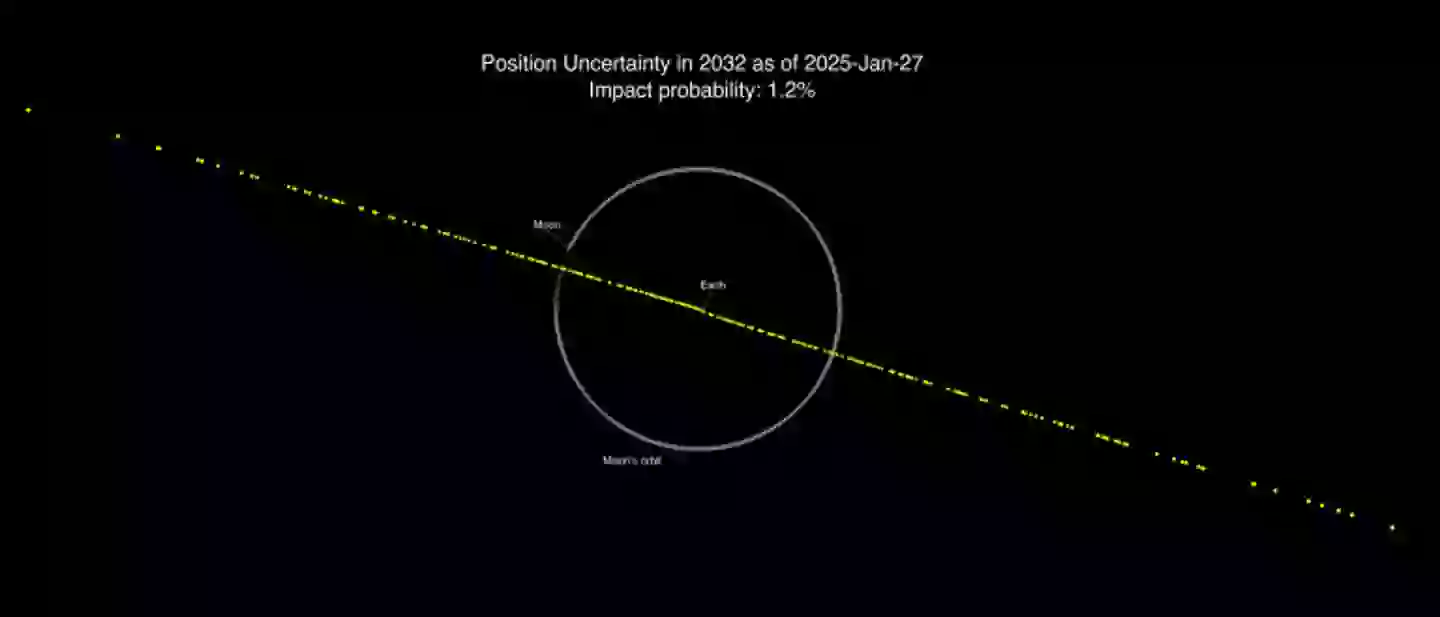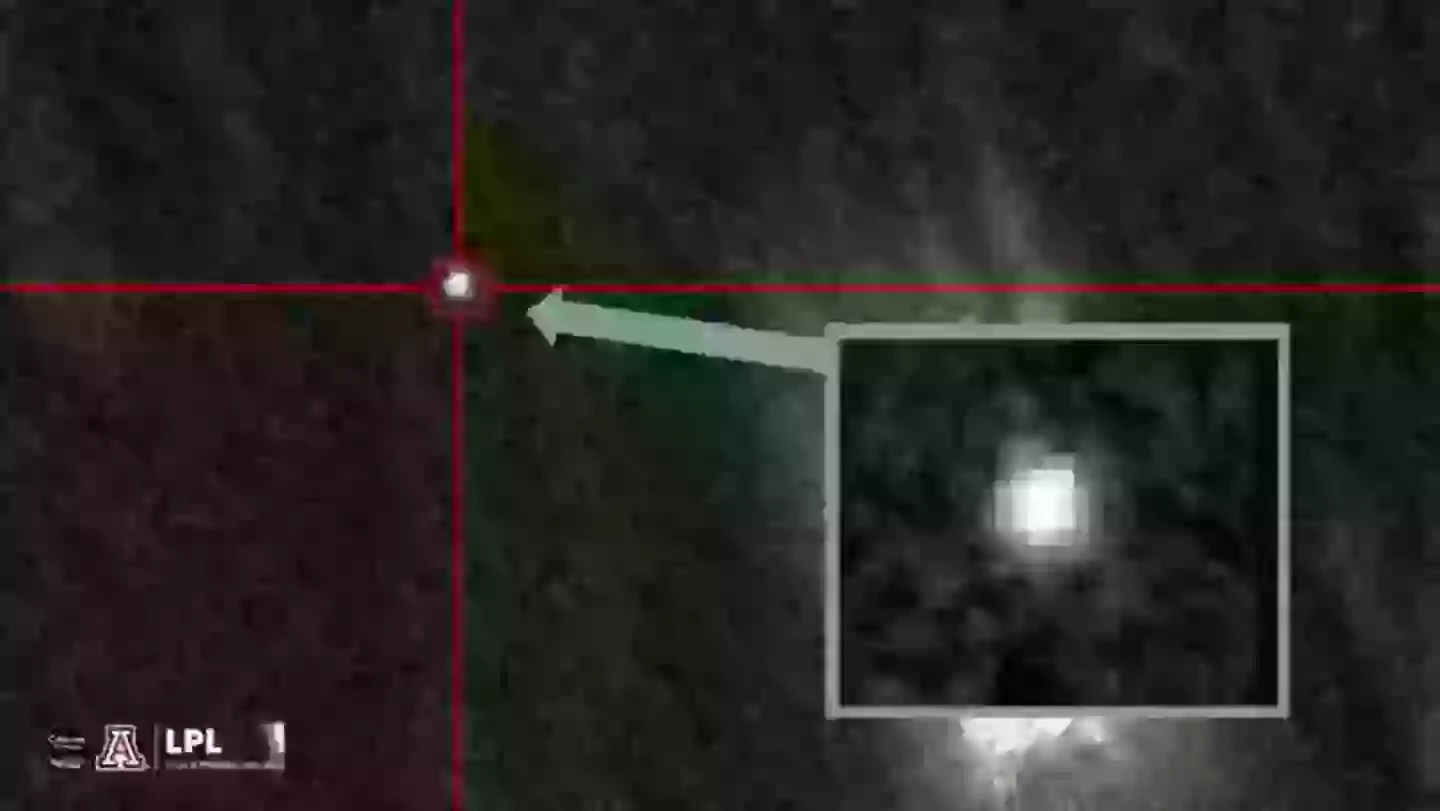
In case you've been living under a rock, NASA has been warning a gigantic space rock is possibly hurtling towards Earth and putting some 110 million lives at risk.
In December last year, NASA spied an asteroid, named 2024 YR4, some tens of thousands of miles away in orbit which, although far away, could literally hit home in 2032.
The mega 'city killer' rock is reportedly the size of New York's Statue of Liberty, London's Big Ben or Cinderella's Castle in Walt Disney World Florida, and if it does collide with Earth, could cause an explosion equivalent to 500 atomic bombs.
Eight of the world's densely populated cities, Bogotá, Abidjan, Lagos, Khartoum, Mumbai, Kolkata and Dhaka, have since been warned its on the space rock's possible hit list.
Advert
Yet while some scientists have called for calm, claiming it's more unlikely than likely to hit, other astronomers have triggered fears that any intervention to stop the rock - by blasting it with rockets - could present an even bigger catastrophe.
NASA has also changed its mind a fair few times on how much of a risk it actually poses.
Initially, the space boffins said there was a 1.2 percent chance of striking home, which climbed to 2.3 percent, then 2.6 percent and a scary 3.1 percent as of February 18.
This made it the highest risk level of any large asteroid in history, even that of the ominously-named 'God of Chaos' asteroid found in 2004.
Advert

Now, however, we can all breathe a sigh of relief as NASA has said the probability has plummeted back down to 1.5 percent as of Wednesday night (February 19). Phew.
A blog post revealed the US agency caught a glimpse of 2024 YR4 as skies became darker 'after a week of limited visibility' due to the full moon.
This is because asteroids are 'very faint' while the moonlight makes the sky too bright to observe it.
Advert
Anyway, the fresh findings from the Jet Propulsion Laboratory in Southern California has seen the asteroid and reduced its impact probability on us as well as the moon, which has an impact probability of 0.8 percent.
NASA says these observations 'have further constrained the uncertainty around the asteroid’s trajectory' and that its prediction of its path 'improves with every observation.'
Although there is still a chance it could hit home, you might sleep better tonight knowing there's a 98.1 percent chance the rock will simply whizz by us without causing any harm.
Bryce Bolin, a NASA Goddard Space Flight Center astronomer, said he finds the asteroid to be 'extremely exciting'.
Advert

"Not only because of its notoriety but for the scientific potential of studying such a small asteroid in high detail. Only a few asteroids have been studied like this," he added.
Meanwhile, doctor Robin George Andrews, who wrote the book, How to Kill an Asteroid: The Real Science of Planetary Defense, is warning against knocking the asteroid from its path.
"Nobody wants to accidentally 'disrupt' an asteroid, because those components can still head for Earth," he said. "As I often say, it's like turning a cannonball into a shotgun spray."
Advert
He added: "It may be smaller, or larger. If it's too big, we may not be able to deflect it with one spacecraft. We'd need several to hit it perfectly, all without catastrophically breaking it."
Topics: NASA, Earth, Science, Space, Technology, US News, California